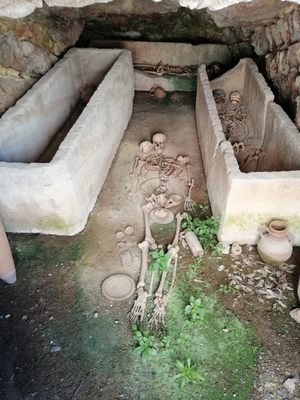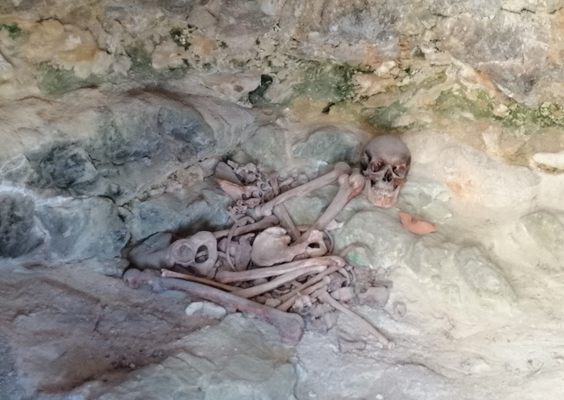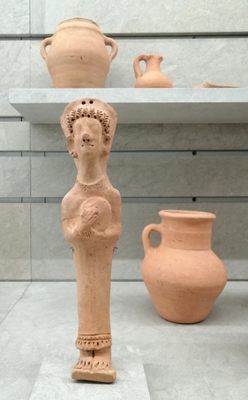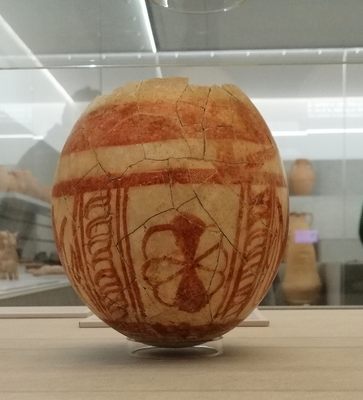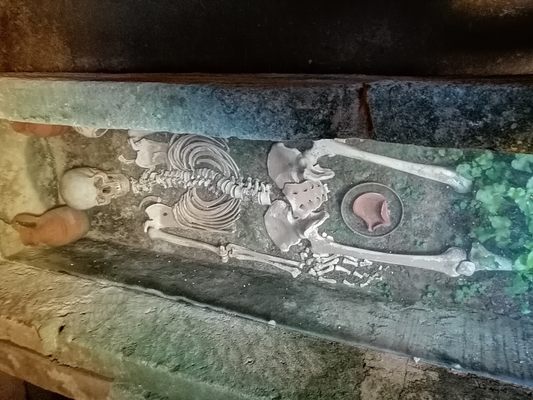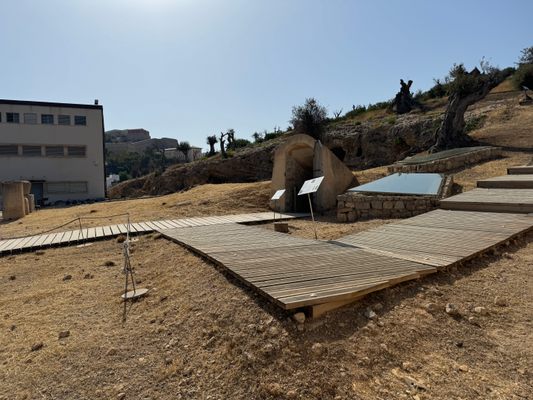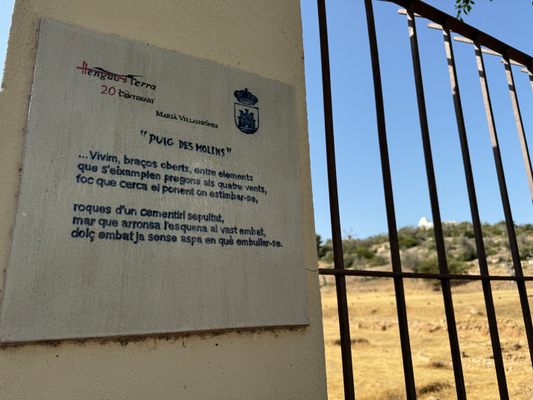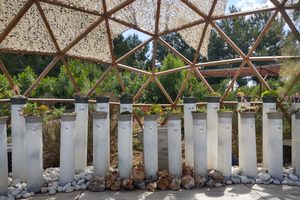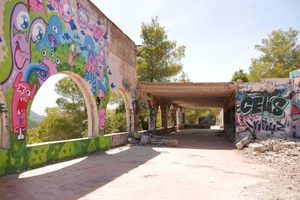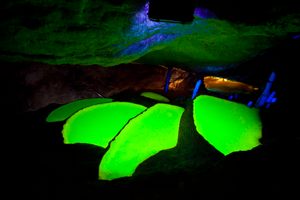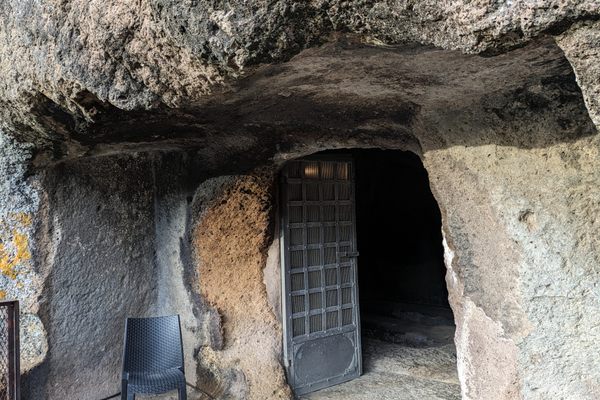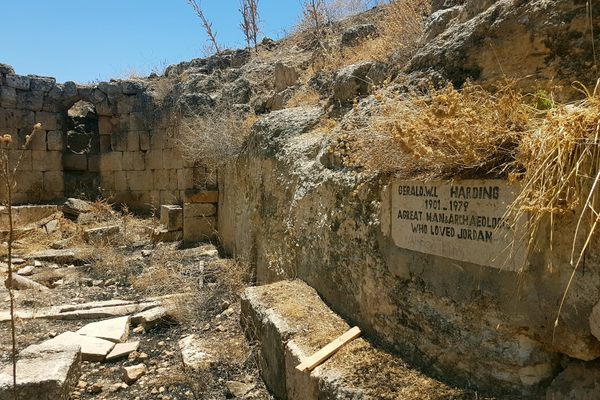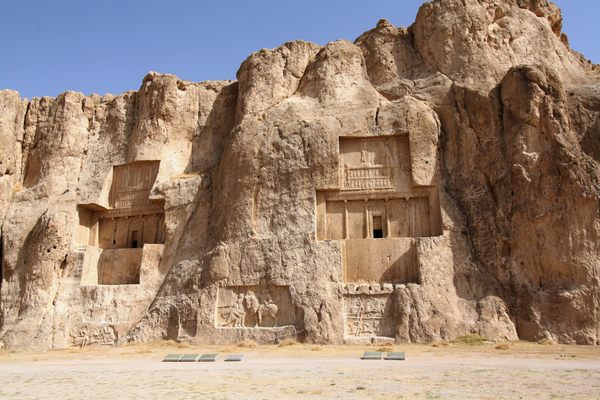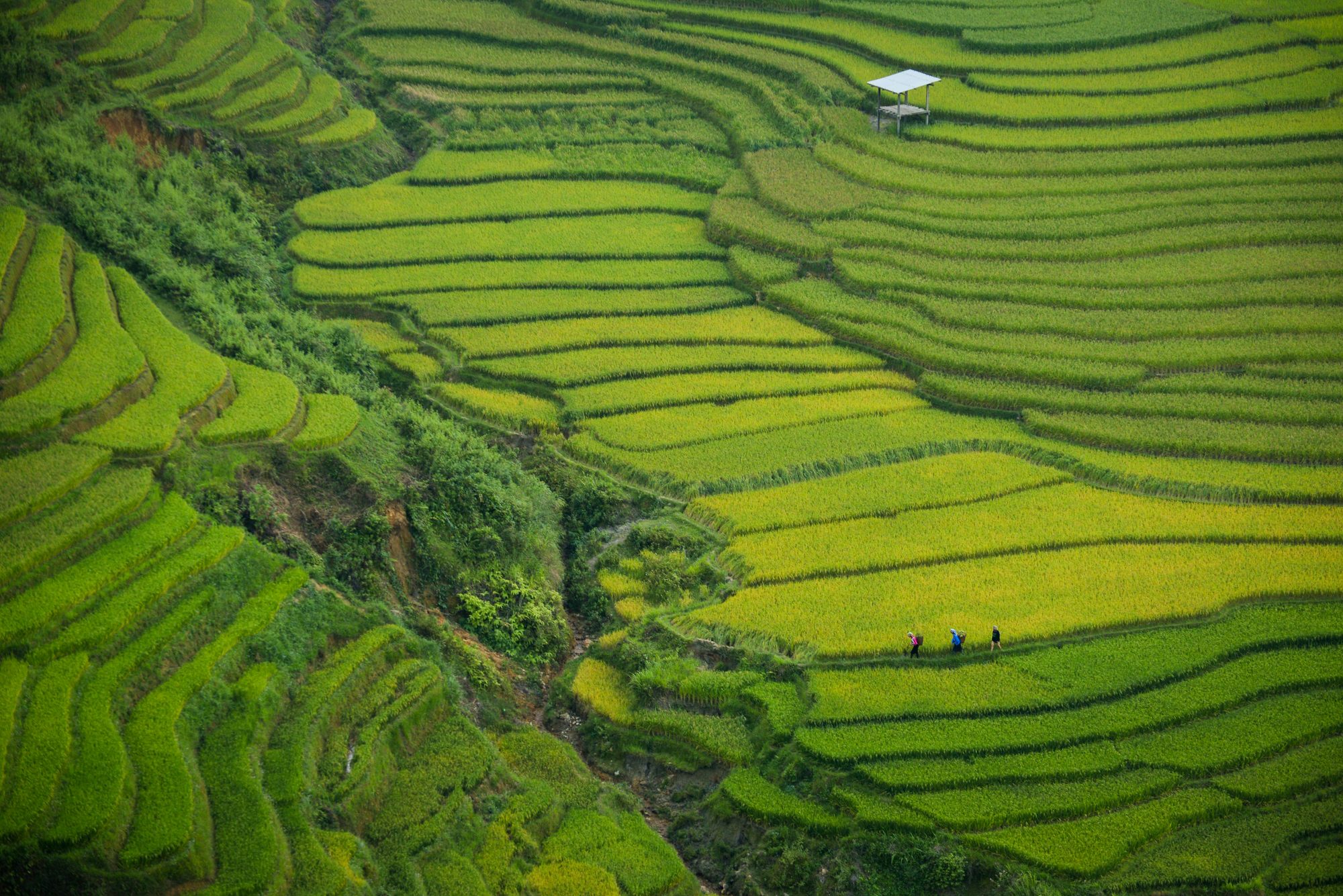About
The Phoenicians founded the city of Ibiza in the 7th century B.C. in modern-day Spain. Later, the Carthaginians made the island their base of operations for the conquest of ancient Hispania. Both the Phoenicians and Carthaginians buried their dead in places not far from their settlements. So while the walled city of the living grew, today known as Dalt Vila, some 550 yards away on the nearby hill of Puig des Molins, the city's necropolis also grew. The name Puig des Molins can be loosely translated to "Windmill Hill," so called because windmills covered the hill as far back as the 15th century.
Today, the Puig des Molins Necropolis archaeological complex is adjacent to an accompanying museum highlighting the site's history. The necropolis is one of the largest in the Mediterranean. Estimates put the number of tombs over 3,000, though today only around 300 can be seen. The vast majority of tombs have been absorbed by the growth of the city, spreading as far as Aragon Street.
Many of the graves are from the Punic period, dating from the late 6th to the middle of the 4th century. There are also earlier Roman graves and Muslim ones. Over time, some graves were filled in and locals planted olive trees in the area, some of which are around 400 years old.
The open space in front of the museum is full of burial pits carved from limestone, and there are also niches and hypogea. One of these is the so-called "Hypogea of the Mule," because it was discovered when a mule fell into the tomb.
Ancient and contemporary grave robbers looted many of the burial chambers, piercing the inner walls of a chamber to enter adjacent ones and taking many of the most valuable items. Many of the artifacts left behind are now on display at the local museum.
The construction of the Puig des Molins Monographic Museum began in 1935. But the outbreak of the Spanish Civil War interrupted the project and it was not until 1968 that the museum was finally completed. The museum houses the large collection of objects found in the necropolis and used in funerary worship, such as charms and amulets, aryballos or vials for perfumed oil, lamps, boxes for cosmetics, all kind of pottery, jugs for libation rites, coins (including the Charon's obol in Roman times), decorated ostrich eggs, tableware for funerary feasts, games pieces, and other objects linked to the protection of the deceased. But perhaps the most important items displayed in the museum are the terracotta figures of Phoenician and Punic gods: Bes, who gave his name to Ibiza (ibošim, "Dedicated to Bes"), Astarté, and especially Tanit, the goddess of the Earth. Both the necropolis and museum are included in the 1999 list of UNESCO World Heritage Sites.
Related Tags
Know Before You Go
The visit includes the museum and the necropolis outside. In order to visit the subterranean hypogea work helmets are available for visitors.
Community Contributors
Added By
Published
June 13, 2023
Sources
- https://en.welcometoibiza.com/ibiza/Necropolis-punica-de-puig-des-molins/
- https://turismo.eivissa.es/que-ver/visitas-culturales/museos/museo-necropolis-puig-des-molins/
- https://www.ibiza5sentidos.es/visita-ibiza/necropolis-de-puig-des-molins/
- https://es.wikipedia.org/wiki/Necr%C3%B3polis_cartaginesas_en_Ibiza
- https://turismo.eivissa.es/que-ver/visitas-culturales/museos/museo-necropolis-puig-des-molins/
- https://maef.eu/en/

